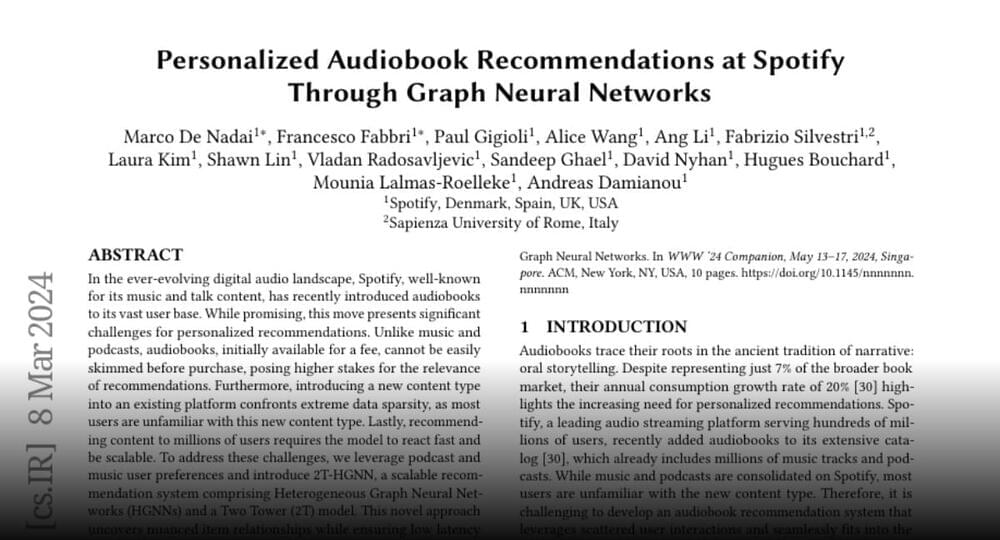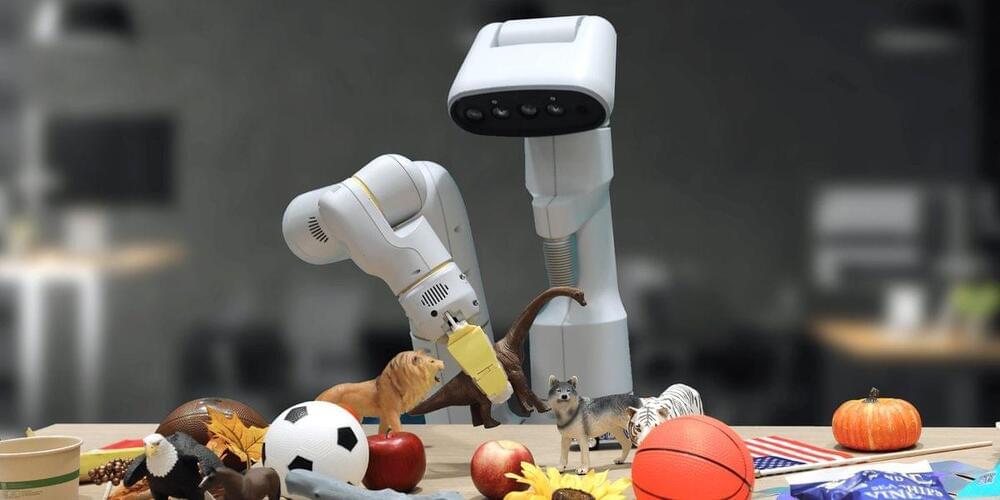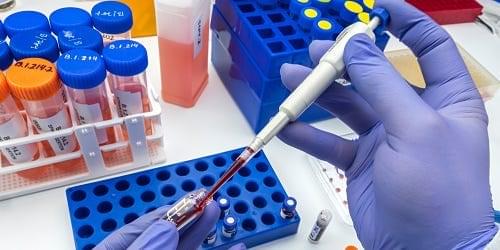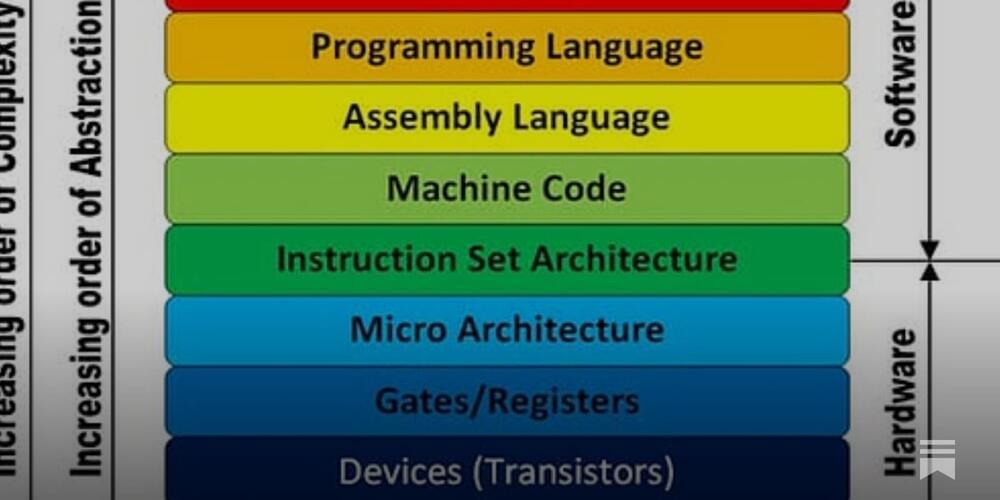An exploration of Frank Herbert’s implicit and explicit warnings against the unmitigated advancement and dependence on AI (Artificial Intelligence), while also examining how these fundamental concerns, leading to AI’s prohibition, consistently resonate throughout the series. One of its less explored, but equally compelling, elements is its commentary on the rise of artificial intelligence. Dune is set in the far future taking place in an interstellar empire that is devoid of thinking machines after a universal ban against computing technology that is made in the likeness of a human mind. The reasons behind this prohibition not only serve as a caution against the perils of artificial intelligence, but they also underscore broader warnings present throughout Herbert’s Dune books.
Nerd Cookies PATREON: / nerdcookies.
Nerd Cookies DISCORD: / discord.
Twitter: / nerd_cookies.
Follow me on TWITCH: / nerdcookiearcade.
Intro track: honey juice by harris heller.
All the videos, songs, images, and graphics used in the video belong to their respective owners and I or this channel does not claim any right over them.
Fair Use.
Copyright Disclaimer under section 107 of the Copyright Act of 1976, allowance is made for “fair use” for purposes such as criticism, comment, news reporting, teaching, scholarship, education and research.
All content falls under fair use: any copying of copyrighted material done for a limited and “transformative” purpose, such as to comment upon, criticize, or parody a copyrighted work. Such uses can be done without permission from the copyright owner.




